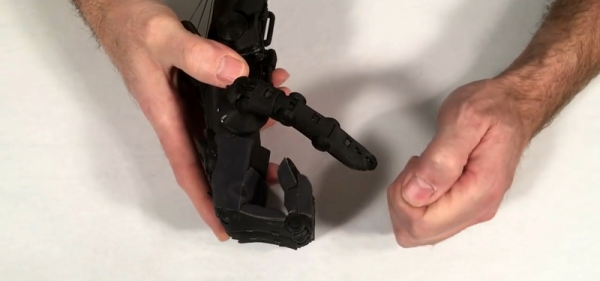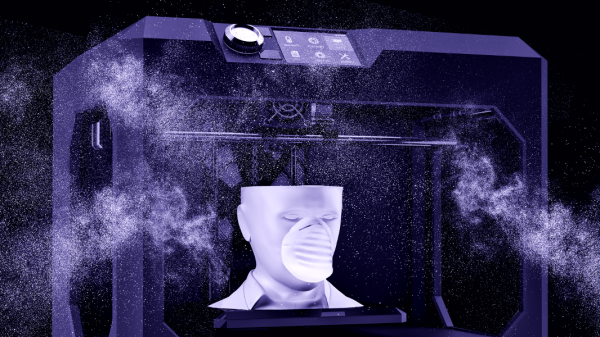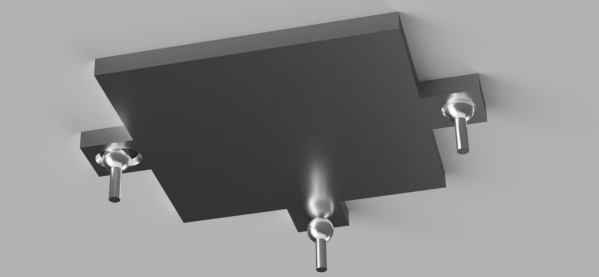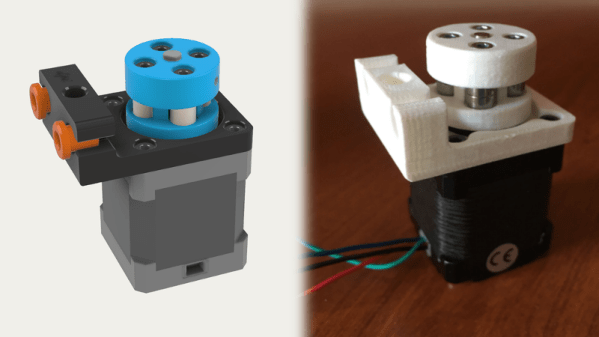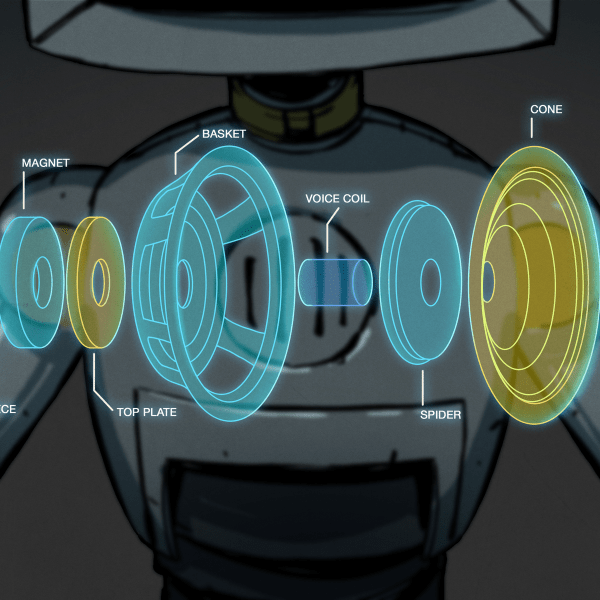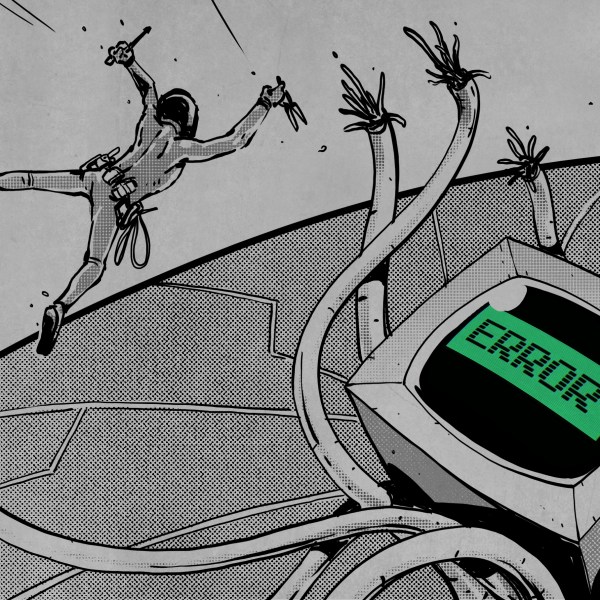3D printers, like most CNC machines, reward careful thought and trial and error. It’s important to use the correct machine settings and to prepare the build environment properly in order to get good results. Fused Filament Fabrication printers rely on melting plastic just so in the production of parts, and have their own set of variables to play with. [Mysimplefix] has been exploring various solutions to bed adhesion and found something that seems to work perfectly, right in the pantry.
That’s right, this solution to the problem of bed adhesion is more commonly stirred into your coffee every morning – it’s sugar. [Mysimplefix] shares their preferred process, consisting of first mixing up a sugar/water solution in the microwave, before applying it to the bed with a paper towel and allowing the water to evaporate off.
Several test prints are then shown, with major overhangs, to show the adhesive capabilities of the sugar. The results are impressive, with parts sticking well while the bed is hot, while being easy to remove once cool. The video deals with PLA, but we’d be interested to see the performance with other materials as well.
It’s a tidy solution, and we’d love to know your thoughts and experiences in the comments. We’ve had a good long think about adhesives ourselves, too.


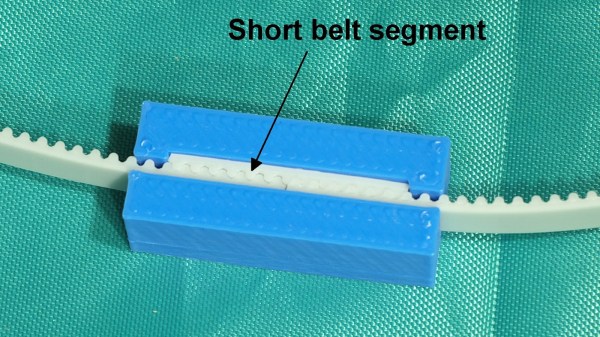
 The belts used were common steel-core polyurethane GT2 belts, and the clamp design uses a short segment of the same belt to lock together both ends, as shown above. It’s a simple and effective design, but one that isn’t sustainable in the longer term.
The belts used were common steel-core polyurethane GT2 belts, and the clamp design uses a short segment of the same belt to lock together both ends, as shown above. It’s a simple and effective design, but one that isn’t sustainable in the longer term.